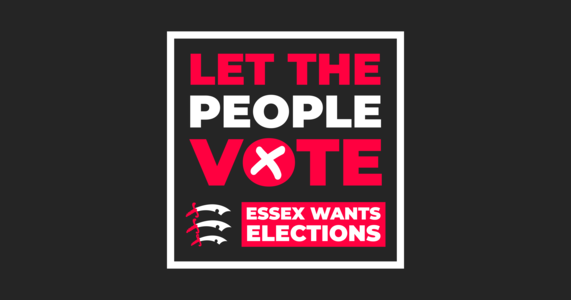In the coming weeks the Government will announce which of the options for change it has picked for the future governance of residents living in Essex. Whichever option is chosen, Essex County Council and the other 14 councils in Essex will be merged creating either three, four or five Unitary Authorities in two years’ time.
To the west, Uttlesford DC is controlled by Residents for Uttlesford (R4U) with 21 councillors who also control Saffron Walden Town Council with 11 of the 13 councillors.
To the east Epping Forest DC has 13 Loughton Resident Association (LRA) councillors who are “The voice of Loughton” plus 5 other independent councillors. The LRA control Loughton Town Council with 21 councillors.
Further east there are 20 other independent councillors in districts which Harlow may be linked with, such as the Chelmsford Independent Group and the Maldon District Independent Group
Harlow Residents Alliance have always believed that “Party should be taken out of politics”. Whichever option the Government chooses, Harlow will be the only town without a Town Council, Parish Councils or it’s own mayor. The Government favour the creation of Area Committees which will form part of each new council, whereas Town and Parish Councils provide an independent voice to local people, one not wedded to the dogma of Westminster politics.
Harlow Residents Alliance will continue to scrutinise Harlow Council until it disappears and will work with like minded independent groups in the new Unitary Authority area to ensure that Harlow’s voice is heard loud and clear.








